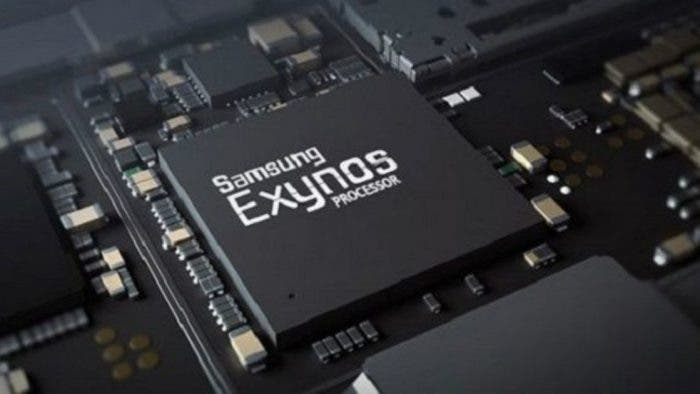Since the last couple of days, Samsung has been the only thing which the entire tech community is talking about. During this period, Samsung has officially announced various products and numerous leaks & renders surfaced for yet-to-be-launched devices. To keep things a little more buzzing, Samsung has now announced that it is working on a new Exynos chipset coupled with AMD’s Radeon GPU. This means that future Samsung devices will come with advanced graphics capabilities. What’s more, is the fact that Samsung will be using this new kind of chipsets in various other applications. For those who’re unaware, Samsung announced this partnership back in June this year. The brand has now revealed the timeline for the very same chipset.
During Samsung’s Q2 earnings call, the Korean-based smartphone maker shared this news in response to a question. According to Samsung, this new inked relationship with AMD will bring “disruptive changes in technology”. AMD will be offering its new RDNA-based Radeon graphics architecture to Samsung as a part of this relationship. This new lineup of chipsets might hit the devices by as soon as 2021. In fact, we might see more and more products making use of advance graphics two years down the road.
For mobile devices, AMD will have to develop graphics architectures that can work well in low-power and thermally constraint scenarios. On the other hand, there is no word whether AMD will give license of this new technology to other brands or not. Same goes for Samsung with its upcoming Exynos chipset. Under this partnership, AMD will receive royalties and license fees from Samsung in the exchange of its mobile-focused Radeon GPUs.
With the mobile gaming industry getting more aggressive, this new chipset might actually turn into the company’s favour. It’s no surprise that Samsung’s Exynos-powered smartphones struggle in the mobile gaming segment when compared with the company’s Snapdragon counterparts. With the new Exynos chipset paired with AMD Radeon GPUs, Samsung might finally be able to improve on its graphics offering. Well, we’ll have to wait a couple of years to actually find out what this new lineup of chipsets might bring to the consumers.





